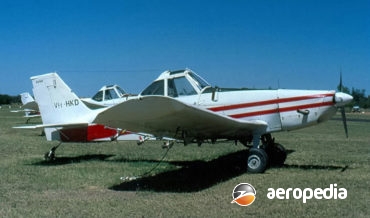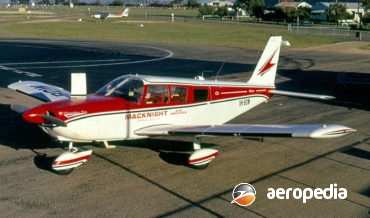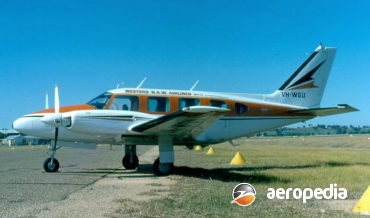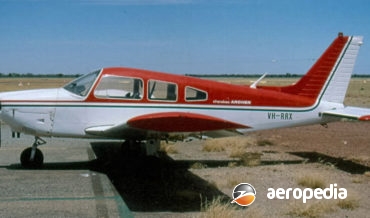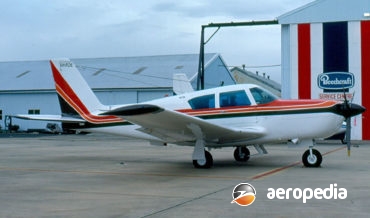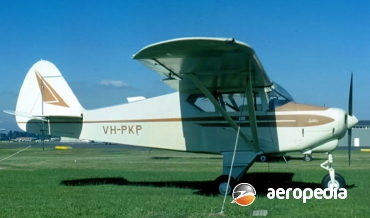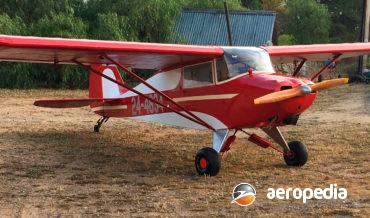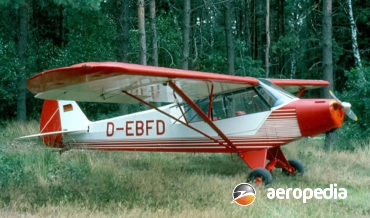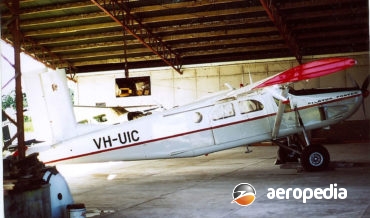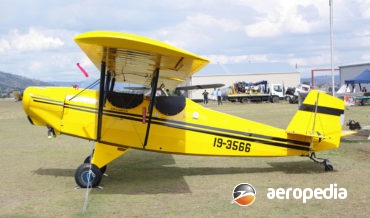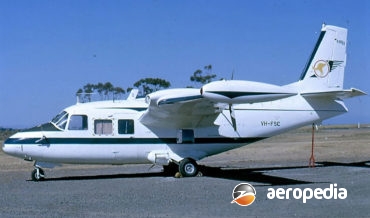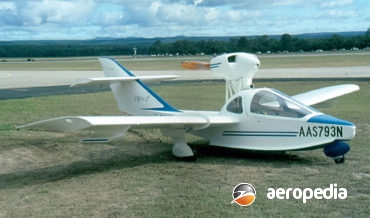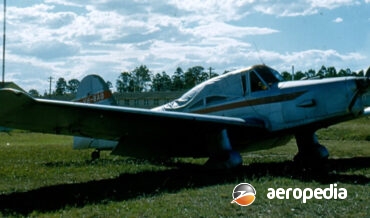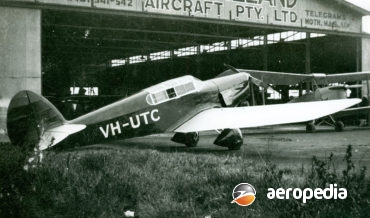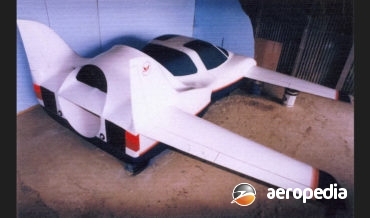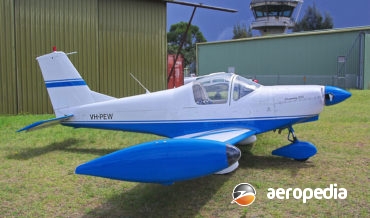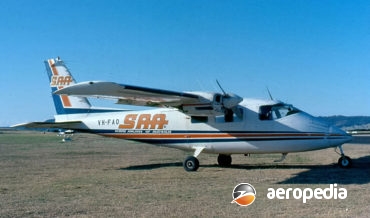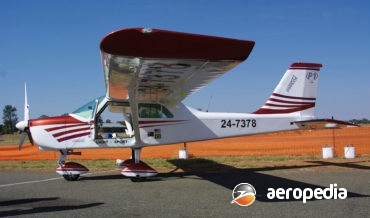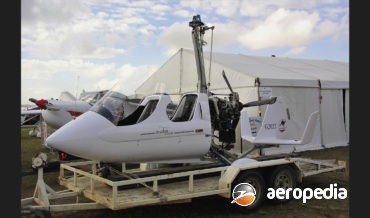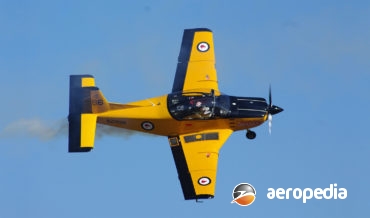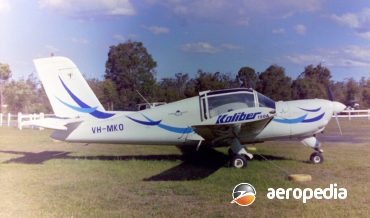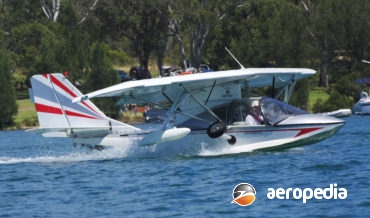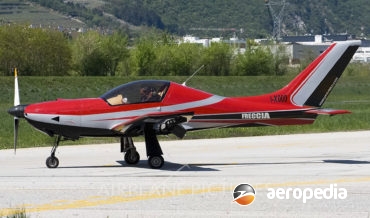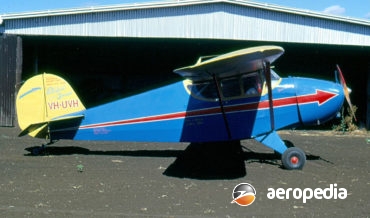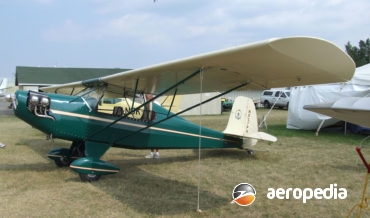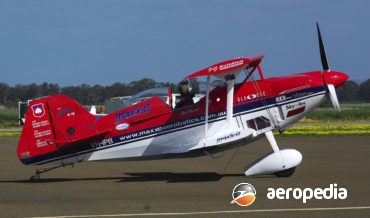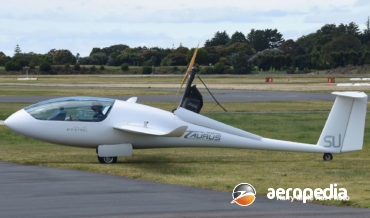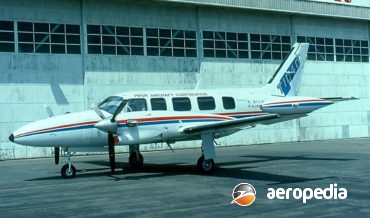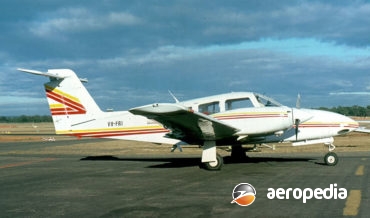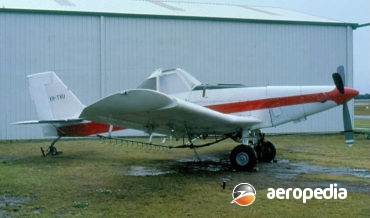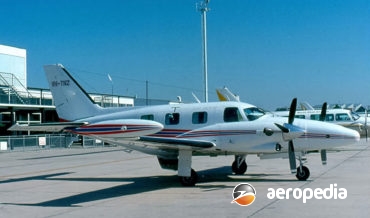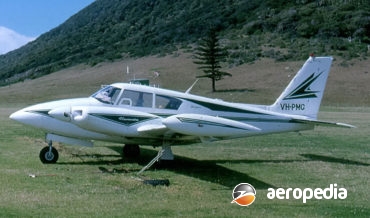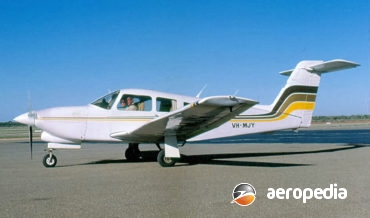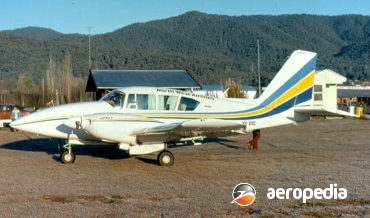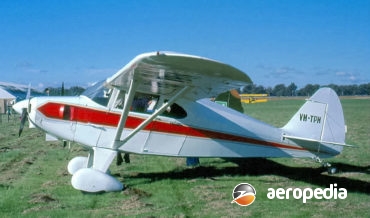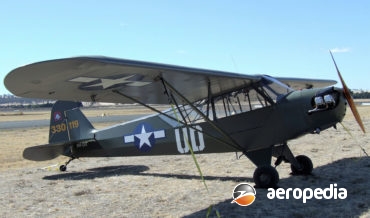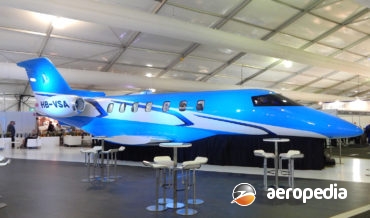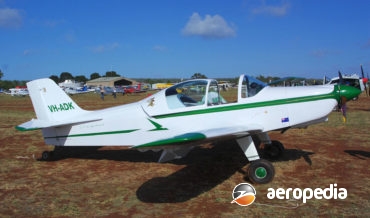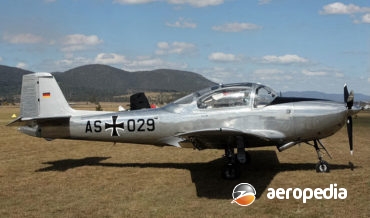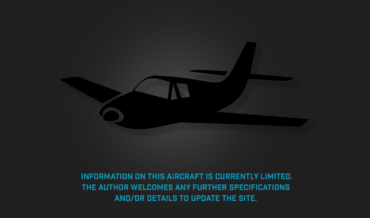All Contents
Contents
The PA-36 series of agricultural monoplanes appeared in 1971.
David C. Eyre
- May 8, 2019
The Cherokee Six series of aircraft emanated from the PA-28 Cherokee series, which was first released in the early 1960s.
David C. Eyre
- May 8, 2019
With numerous Piper Apaches and Aztecs having been adapted for commuter airline type work in the early 1960s, it was expected, when Piper unveiled the Navajo as the first of a new breed of twins, that variants would be built to meet the needs of the growing commuter market.
David C. Eyre
- May 8, 2019
In 1968 the Cherokee C variant joined the Cherokee range. Similar to the previous 150 and 160 models, this version added two more aircraft to the series: the PA-28-180 with a 134-kw (180-hp) Lycoming O-360-A3A engine, and the PA-28-235 with a 175-kw (235-hp) Lycoming O-540-B4B5 six-cylinder engine.
David C. Eyre
- May 8, 2019
Following the success of the earlier models of the Comanche, Piper moved on to build what it described in advertising as the ultimate light aircraft: ..this new Piper Comanche 400 is a pretty meaningful airplane
David C. Eyre
- May 8, 2019
The Piper Colt was designed by the Piper Aircraft Corporation as a cheap ‘everymans aeroplane’ to sell in the United States for below $5,000 in the early 1960s.
David C. Eyre
- May 8, 2019
The Piper Aircraft Corp in 1947 re-organised its operating procedures and worked towards introducing a new model, the two-seat side-by-side PA-15 Vagabond powered by a 48-kw (65-hp) Lycoming O-145 engine.
David C. Eyre
- May 8, 2019
The J-5 Cruiser was a logical development of the earlier and very popular J-3 and J-4 series, designed to provide accommodation for three persons in lieu of two, this being achieved by a modest expansion of the fuselage width
David C. Eyre
- May 8, 2019
Pilatus Flugzeugwerke was formed in December 1939 under the leadership of M E Buehrle, the Swiss industrialist and owner of the Oerlikon company.
David C. Eyre
- May 8, 2019
In 1923 Mr. Bernard Pietenpol built a Ford Model T powered biplane and in 1928 he built and flew the prototype of the Aircamper.
David C. Eyre
- May 8, 2019
Derived from the Piaggio P-136-L2 amphibian, and employing a similar gull wing and pusher engine installation, the prototype P-166 was flown for the first time on 26 November 1957.
David C. Eyre
- May 8, 2019
The Osprey was designed as a light two-seat amphibian for the amateur constructor, to be operated from smooth, enclosed areas of water and not from the open sea, for which most amphibian are designed.
David C. Eyre
- May 8, 2019
The Prentice was designed by Percival Aircraft to meet specification T23/43 for a three-seat basic and radio-navigational trainer for the RAF to replace the Tiger Moth in RAF service. The prototype (TV163) flew for the first time on 31 March 1946 and subsequently production of the T.1 model began for
David C. Eyre
- May 8, 2019
The series of aircraft stemming from the Gull were all-wood low-wing monoplanes designed by Edgar W Percival, the Australian who founded Percival Aircraft Ltd.
David C. Eyre
- May 8, 2019
The Pegasus Aircar was designed by Mr Raymond Tolhurst of Pegasus Aerocars Design Australia Pty Ltd, and built by his company, Composite Engineering at Camden, NSW in the 1990s as an all-composite light aircraft seating two powered by a fuel-injected turbocharged Mazda rotary engine from an RX-7 motor vehicle driving
David C. Eyre
- May 8, 2019
The prototype of the Pazmany series of aircraft, the PL-1 Laminar, was flown for the first time on 23 March 1962.
David C. Eyre
- May 8, 2019
The P-68 series of light transports was designed by Professor Luigi Pascale and placed in production in Italy by Partenavia in 1972. The prototype (I-TWIN) was flown on 25 May 1970, and this was followed by ten pre-production aircraft, these having a slightly shorter fuselage than the production aircraft, the
David C. Eyre
- May 8, 2019
The P-1 is a light sporting aircraft which can be built in the Experimental aircraft category or as a Light Sports aircraft which is manufactured in Brazil by Paradise Industria Aeronautica Ltd.
David C. Eyre
- May 8, 2019
The Brako series of gyrocopters was designed by Enio Pagotto in and is manufactured at a facility in Italy by Pagotto Carpenterie sri at Pianzano.
David C. Eyre
- May 8, 2019
The CT-4E is a two-seat (with a third seat optional) low-wing all-metal single-engine monoplane with a fixed tricycle undercarriage, a Lycoming AEIO-540 fuel injected piston engine certified for inverted flight, driving a Hartzell three-blade constant speed propeller.
David C. Eyre
- May 8, 2019
The SeaRey is produced in kit form by progressive Aerodyne Inc of Orlando, Florida.
David C. Eyre
- May 8, 2019
The Freccia is one of a series of light aircraft designed and developed in Italy by Pro Mecc of Corigliano d’Otranto, being first shown to the aviation world at the Aero Show held in Friedrichshafen in 2011 It is supplied as a complete ready-to-fly aircraft and has been popular on
David C. Eyre
- May 8, 2019
The Porterfield 35-70 series of aircraft was placed in production by the Porterfield Aircraft Corporation in the USA in April 1935.
David C. Eyre
- May 8, 2019
The Pober Pixie was a single-seat light parasol wing sporting aircraft, the design of which began in January 1974, the prototype making its first flight some six months later.
David C. Eyre
- May 8, 2019
The Super Stinker was introduced to the unlimited aerobatic competition world in the early 1990s and is an upgraded variant of the Pitts S-1, being described as a ground-up re-design of the S-1, with increased manoeuvrability and more power.
David C. Eyre
- May 8, 2019
The Taurus is a light sport aircraft produced in Slovenia and, like the other aircraft in the company’s range, is basically a self-launched glider.
David C. Eyre
- May 8, 2019
To meet the needs of commuter airlines which, for some years, used Piper Navajo type aircraft, and which may seek to move up to turbine power in place of the piston-engined type,
David C. Eyre
- May 8, 2019
The Piper PA-44 Seminole was designed in 1974 as a twin-engine training aircraft for pilots who had previously flown only single-engine aircraft, basically being a replacement for the Twin Comanche
David C. Eyre
- May 8, 2019
In 1981 Piper Aircraft sold the rights to the PA-36 type to WTA based in Texas which Company thereafter marketed two variants from 1982, these being the PA-36-375 New Brave and the PA-36-400 New Brave with 280-kw (375-hp) and 298-kw (400-hp) engines and by 1987 had completed 150 further aircraft,
David C. Eyre
- May 8, 2019
The Cheyenne was a development of the pressurised Piper Navajo, as indicated by the common PA-31 type number, but was fitted with turboprop engines.
David C. Eyre
- May 8, 2019
The Twin Comanche series was designed to fill a market need for a small economical multi-engined machine which would provide day, night and all-weather utility, geared to small airports and short fields.
David C. Eyre
- May 8, 2019
The Cherokee Arrow, which was added to the Cherokee range of light touring aircraft in June 1967, was virtually a retractable-undercarriage version of the fixed-undercarriage Cherokee.
David C. Eyre
- May 8, 2019
Developed from the Piper Apache, and using many common components, the prototype of the Aztec series was flown for the first time in 1959.
David C. Eyre
- May 8, 2019
The Piper PA-20 Pacer, introduced in 1949, was a development of the PA-16 Clipper, which was in turn a development of the PA-15 Vagabond. The PA-16 was fitted with a 86-kw (115-hp) Lycoming four-cylinder engine.
David C. Eyre
- May 8, 2019
The Piper J-2 Cub first appeared in 1936 as a simple two-seat in tandem, training monoplane designed by the brothers C Gilbert and Gordon Taylor
David C. Eyre
- May 8, 2019
Pilatus Aircraft Ltd was founded in 1939 and since then has operated from Stans, Switzerland, and has been the only Swiss company to develop, produce and sell aircraft to customers around the world, ranging from military trainers to now, a business and executive jet.
David C. Eyre
- May 8, 2019
Designed in France by M Claude Piel, the prototype of the Emeraude (Emerald) series, known as the CP-30, was flown for the first time in 1952 powered by a 48-kw (65-hp) Continental engine.
David C. Eyre
- May 8, 2019
The Piaggio P.148 was designed by Giovani Casiraghi for Piaggio in Italy as a two-seat training aircraft, the prototype flying for the first time on 12 February 1951.
David C. Eyre
- May 8, 2019
Edgar Wikner Percival was born in Albury, NSW, in 1897 and died in 1984 at the age of 86 years.
David C. Eyre
- May 8, 2019
Recent Comments
Archives
Categories
- No categories
Categories
- No categories
Latest Posts
Newsletter

